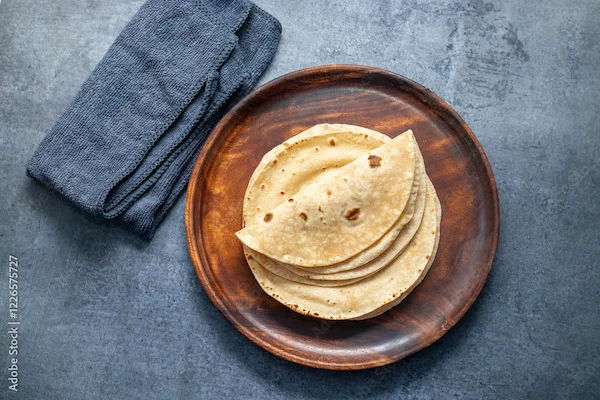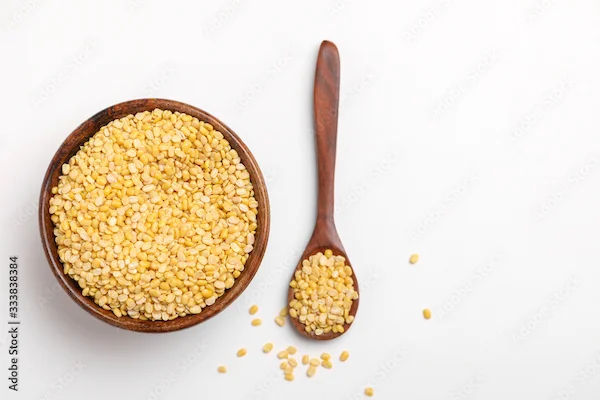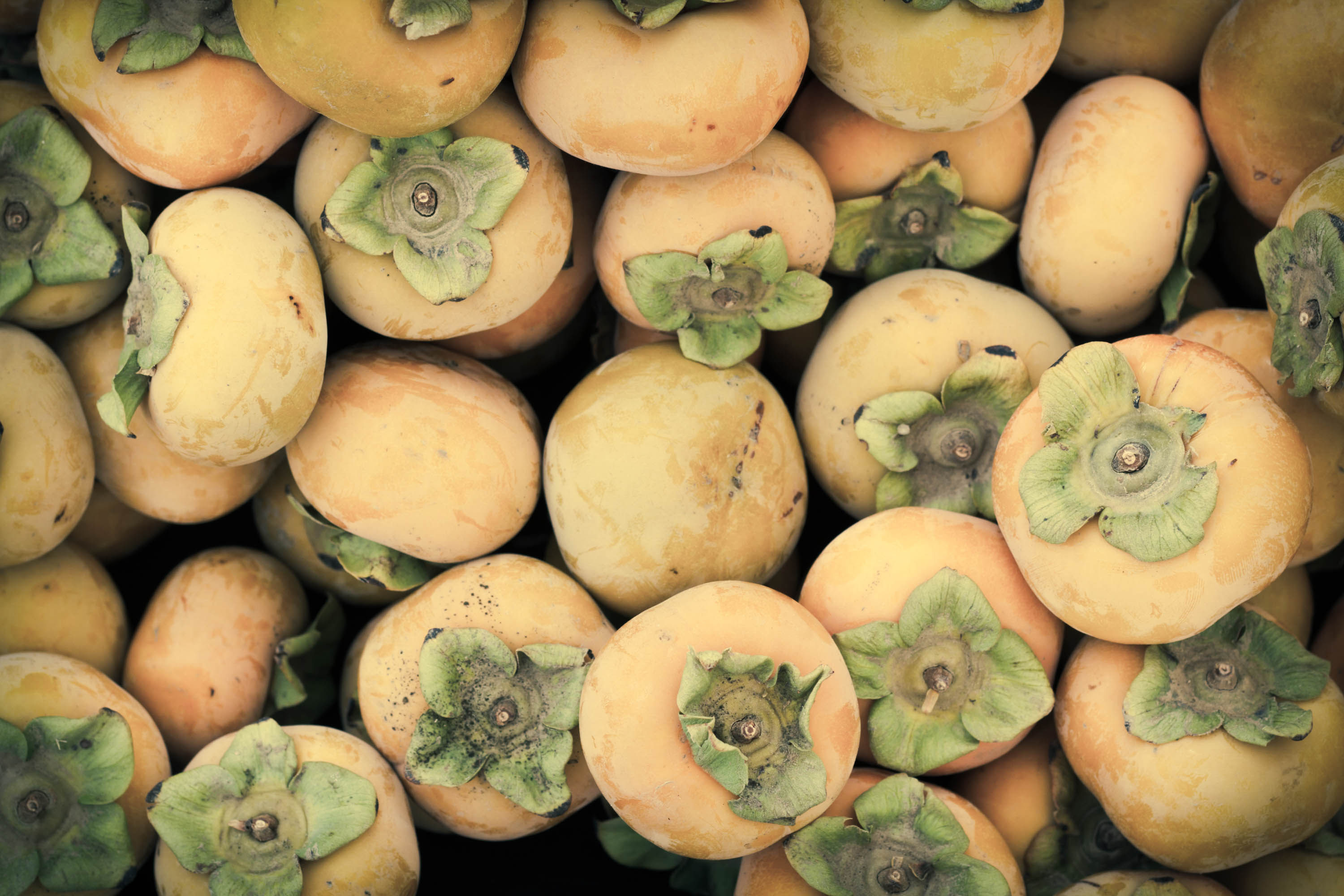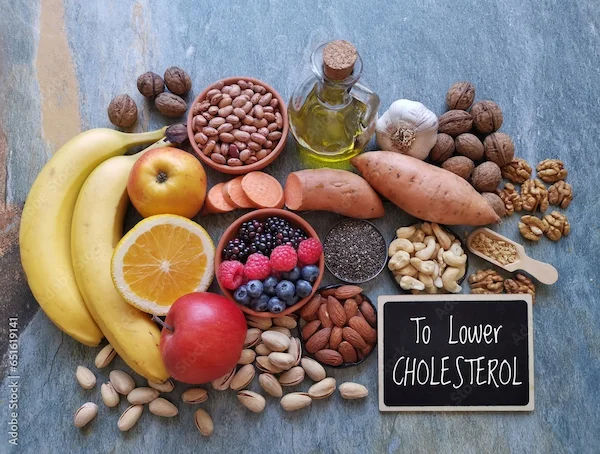Calories in Three Rotis Explained
know about rotis, calories in it, nutritional value, how do they affect your health and how to have a balanced meal.

Written by Dr. Shaik Abdul Kalam
Reviewed by Dr. Vasanthasree Nair MBBS
Last updated on 22nd Jul, 2025

Introduction
If you’ve ever wondered how many calories are in three rotis and how they fit into your daily diet, you’re not alone! Rotis, a staple in Indian meals, are a great source of energy, but understanding their nutritional value can help you make better dietary choices.
What Are Rotis?
Rotis, also known as chapati or phulka, are unleavened flatbreads made from whole wheat flour (atta). They are a healthier alternative to refined flour-based bread like naan or paratha, because they retain more fibre and nutrients.
Calories in Three Rotis
The calorie count in rotis depends on their size and thickness. On average:
One medium-sized roti (approx. 30g) contains about 80-100 calories.
Three rotis would provide roughly 240-300 calories.
Nutritional Breakdown (Three Rotis)
Carbohydrates: ~60-75g -provides energy
Protein: ~9-12g - supports muscle health
Fibre: ~6-9g - aids in digestion
Fats: ~3-6g - mostly healthy fats from whole wheat.
Consult Top Nutritionists
How Do Rotis Affect Your Health?
Rotis are a healthy carbohydrate source, but their impact depends on portion control and what you eat with them.
Benefits of Eating Rotis
Rich in Fibre – Helps digestion and keeps you full longer.
Provides Energy – Ideal for active individuals.
Low in Fat – Healthier than fried bread like parathas.
Contains Essential Nutrients – Iron, magnesium, and B vitamins.
Things to Watch Out For
Ensure the following points while consuming rotis:
Portion Size – Overeating rotis can lead to excess calorie intake.
Accompaniments Matter – High-calorie curries or butter can increase overall calorie intake.
For Diabetics – Rotis have a moderate glycemic index, so pairing them with protein (dal, paneer) helps balance blood sugar.
Tips for a Balanced Roti Diet
The tips for a balanced roti diet are:
1. Control Portions – Stick to 2-3 rotis per meal based on your activity level.
2. Pair with Protein & Veggies – Combine rotis with dal, curd, or sabzi for a balanced meal.
3. Avoid Excess Oil/Ghee – Use minimal fat while cooking.
4. Choose Whole Wheat – Avoid maida (refined flour) rotis for better nutrition.
5. Monitor for Weight Loss – If aiming to lose weight, adjust roti intake and focus on protein-rich sides.
When Should You Be Cautious?
The following situations should be cautious:
If you have diabetes, monitor your carb intake and opt for smaller rotis.
If you’re trying to lose weight, balance rotis with more vegetables and lean proteins.
If you have gluten sensitivity, consider alternatives like jowar or bajra roti.
Final Thoughts
Three rotis provide a good amount of energy and nutrients, but balance is key. Pair them wisely, control portions, follow precautions and follow the professional tips properly for good health and benefit. So eat and enjoy a healthy, satisfying meal!
Consult Top Nutritionists
Consult Top Nutritionists
Ms. Lakshmi Tejasvi
Clinical Nutritionist
14 Years • M.Sc - Clinical Nutrition
Hyderabad
Vibgyor Nutri, Hyderabad
Dt. Ila Sharma
Clinical Nutritionist
18 Years • Master in food & Nutrition
Gurugram
VIPUL GREENS - SOCIETY CLINIC, Gurugram
Dr Sumanth R
General Physician
2 Years • MBBS
Bengaluru
PRESTIGE SHANTHINIKETAN - SOCIETY CLINIC, Bengaluru
Mrs Sneha P V
Nutritionist
10 Years • Master of science in Food and Nutrition
Bengaluru
Apollo Clinic, Sarjapur Road, Bengaluru
Consult Top Nutritionists
Ms. Lakshmi Tejasvi
Clinical Nutritionist
14 Years • M.Sc - Clinical Nutrition
Hyderabad
Vibgyor Nutri, Hyderabad
Dt. Ila Sharma
Clinical Nutritionist
18 Years • Master in food & Nutrition
Gurugram
VIPUL GREENS - SOCIETY CLINIC, Gurugram
Dr Sumanth R
General Physician
2 Years • MBBS
Bengaluru
PRESTIGE SHANTHINIKETAN - SOCIETY CLINIC, Bengaluru
Mrs Sneha P V
Nutritionist
10 Years • Master of science in Food and Nutrition
Bengaluru
Apollo Clinic, Sarjapur Road, Bengaluru




